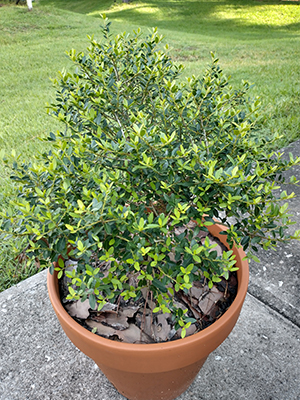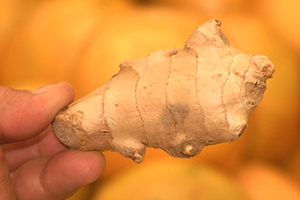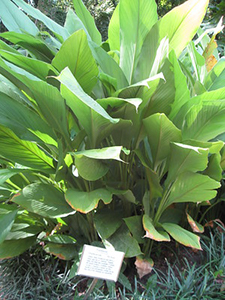Homegrown Teas

Dwarf varieties of yaupon holly, like this 'Schilling's Dwarf', can be more manageable in small landscapes. Credit: UF/IFAS
Second only to water, tea is among the most widely consumed drinks on Earth. It is treasured as the centerpiece of ceremonies, a staple at mealtimes, a token of hospitality, and of course, a source of caffeine.
Florida gardeners will be excited to learn that both caffeinated and herbal tea plants grow well in the home garden.
Caffeinated Teas
Traditional black, oolong, and green teas all come from the same species, a shrub named Camellia sinensis. This tea plant is native to southern China, but it can be grown in Florida. Unfortunately these plants are picky about temperature, soil, and moisture conditions, and they suffer from a number of pests and diseases. For a true tea devotee Camellia sinensis may be worth the trouble, but Florida gardening offers plenty of other tea plant possibilities.
A second option for growing caffeine-rich tea at home is Florida native yaupon holly (Ilex vomitoria). Don’t be thrown off by the alarming scientific name; for centuries, peoples indigenous to the Americas drank yaupon holly tea on a daily basis and early European settlers enjoyed it regularly, too. Young leaves can be picked, roasted, and steeped in much the same way as green or black tea. You can learn more about preparing this refreshing tea in our "Yaupon Holly Tea" tutorial.
Herbal Teas
If you don’t mind going without the caffeine, Florida is also home to a number of plants that make excellent herbal teas.

Though botanically unrelated, the flavor of roselle is very similar to that of cranberries. Credit: UF/IFAS
One of the most popular is roselle (Hibiscus sabdariffa). Due to its recognizable scientific name, roselle is sometimes mistaken for ornamental hibiscus, and even marketed under that title. The flower calyxes have a tart, bright flavor that earned roselle another name, “Florida cranberry.” These can added, dried or fresh, to give a “zing” to hot and cold teas. Find roselle fresh at farmer’s markets during the autumn season.
Ginger (Zingiber officinale) is another common herbal tea ingredient that grows well in Florida. Paired with citrus, cinnamon, or honey, ginger “roots” make an excellent spicy drink. Harvest the rhizomes in the fall or once the tops have died back.
And to add a citrus flavor, many tea enthusiasts turn to the leaves of lemongrass (Cymbopogon citratus). Versatile as can be, lemongrass can also be added fresh to Thai-style soups or installed as an ornamental grass.

Fresh ginger can be peeled, sliced, and boiled to make a base for many ginger beverages. Credit: UF/IFAS
Mint (Mentha spp.) is probably the most well-known herb on this list, and one of the easiest to grow, too. It attracts pollinators and does well in Florida's hot and humid weather. The leaves of peppermint and spearmint provide the two most popular mint flavors, but apple mint, English mint, orange mint, and even chocolate mint are also available. Whatever the flavor, mint is a versatile herb; used fresh or dried, it makes a delicious beverage, served hot or cold.
Finally, one of the most ancient herbal tea flavors is turmeric (Curcuma longa). It has been used for thousands of years in the cuisine of India but it is also traditionally held to have digestive and anti-inflammatory properties. Regardless of possible medicinal benefits, turmeric root makes a delicious, warming herbal tea. Like ginger, turmeric is harvested in late fall or early winter; you'll know it's ready when the plant goes dormant.
There are dozens of other herbal tea candidates out there: chamomile, Echinacea, and even plants you might think of as herbs, like sage, rosemary, and thyme. Whatever flavors you decide to explore, be sure you can positively identify the plant first and always consume in moderation. Wash all garden-grown produce and make sure it is clean and pesticide-free.
For more about edible landscaping, or for plant identification help, contact your county Extension office.

Turmeric is more than just a spice and tea plant; it also looks great in the landscape. Credit: UF/IFAS
Also on Gardening Solutions
- Butterfly Pea
- Foodscaping
- Gifts from the Garden
- Ginger
- Herbs in the Florida Garden
- Hops
- Lemongrass
- Mint
- Roselle
- Turmeric
- Yaupon Holly
- Yaupon Holly Tea

